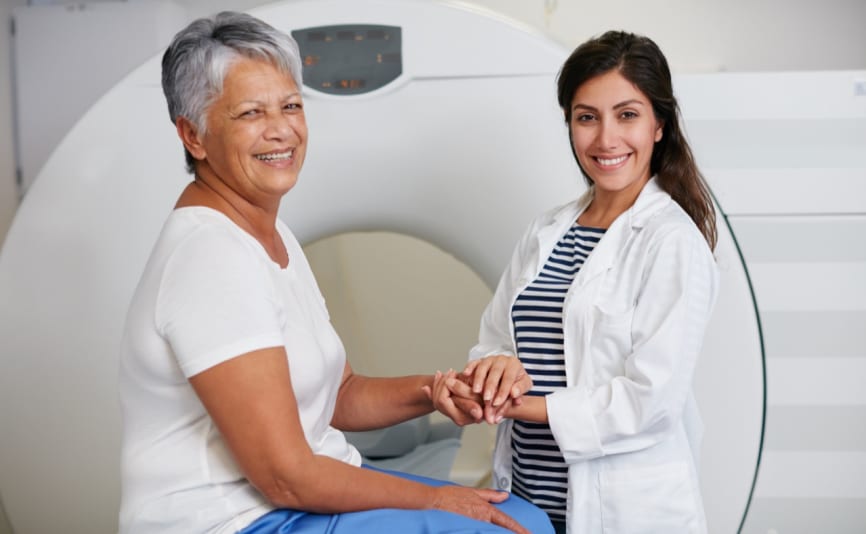A Guide to MRI: Understanding Calf Pain
Not everyone thinks about the importance of the calf muscles to facilitate everyday movements. But if you are experiencing calf pain, you will immediately begin to understand just how many times in a day you use those set of muscles. Although the pain may seem like a simple pulled muscle, calf pain is not always straightforward.
It can be challenging to understand at what pain level it is necessary to seek medical attention. If you are experiencing ongoing pain, that is persistent or gets worse it is important to consult your doctor. If they cannot locate the source of the pain through a physical examination, an MRI is a useful tool to find out what is occurring inside your leg.
What Does a Calf MRI Show?
A magnetic resonance imaging (MRI) scan of your calf uses radio waves and a powerful magnetic field to generate images of the bones and soft tissues that make up your lower leg. These include:
- Tibia
- Fibula
- Muscles
- Tendons and Ligaments
- Nerves
- Blood Vessels
- Additional Soft Tissues
Depending on the scan being performed, the scan may also include the bottom portion of your knee or the top portion of your ankle. The radiologist will examine the images produced to identify any abnormalities in the bone or soft tissues.
Why is a Calf MRI Performed?
It can be challenging to identify the cause of calf pain, particularly pain that has been persistent or unresponsive to other rehabilitation techniques. An MRI allows a radiologist to examine the bones, muscles, ligaments, and other soft tissues to see if any atypical occurrences could be contributing to your discomfort.
A physical may have an MRI performed if you have any of the following symptoms:
- Bone pain
- Pain combined with fever
- Instability of the foot or ankle
- A lump or mass
- Pain, discolouration, or inflammation
- Broken bone
The MRI can be used to identify the source of these symptoms and make a formal diagnosis. Once a cause of the pain has been found an appropriate treatment plan can be prescribed.
Can an MRI Show Muscle Damage?
An MRI is a diagnostic tool that can be used to show tears to a muscle or ligament. It can also show inflammation of the muscle, which can signify potential infection, muscle damage or necrosis.
Can you See Nerve Damage on an MRI Scan?
An MRI is an ultra-sensitive tool that can be used to identify nerves and blood vessels. The imaging can indicate swelling and inflammation around a nerve which can signify nerve damage.
The images produced can also show if a nerve is being pinched by a piece of cartilage, bone or foreign material. By identifying potential nerve damage indicators along the length of the nerve, the appropriate medical intervention can be made to alleviate the symptoms.
What Happens During a Calf MRI?
An MRI is a non-invasive procedure that uses zero radiation. Upon arrival, you will:
- Answer a comprehensive medical questionnaire
- Change into a hospital gown or other loose-fitting clothing
- Lay down on the MRI bed–foam pillows or a brace may be used to keep your legs in the correct positioning
- Slide into the machine–it will make a loud banging or rattling noise, this is to be expected
- Wait for the final images to be generated–if any portion of the scan was distorted the procedure will need to be repeated
- Change back into your clothing and continue with your day
There is no recovery time after an MRI scan, you are free to go about your everyday activities.
The Bottom Line
If you are experiencing calf pain, it is important to monitor the severity and duration. If the pain continues or worsens it is important to consult your doctor as to the potential cause. An MRI is a simple procedure that can provide additional detail that cannot be obtained through physical examination alone.
If you have any questions or concerns about an MRI procedure, contact us. Or if you want to book an appointment in as little as 5 working days, use our online booking system. At Scan.com we are here to help you get back to living your life.
